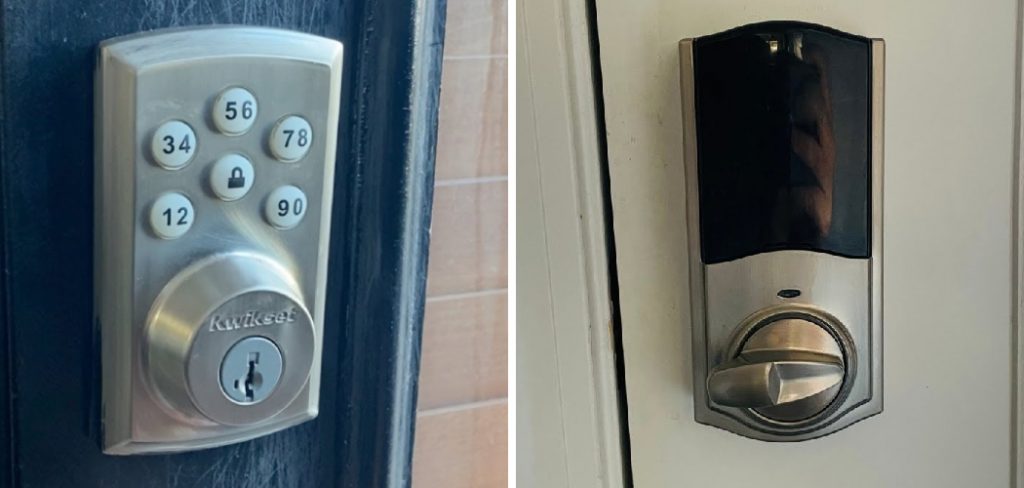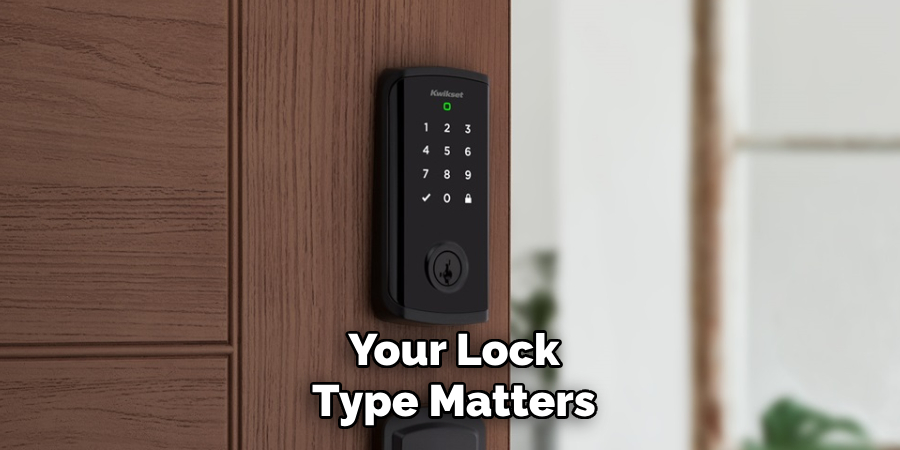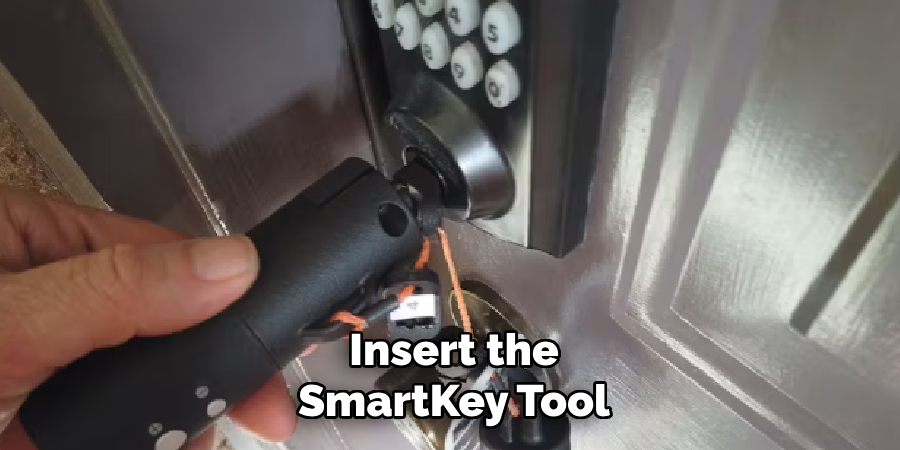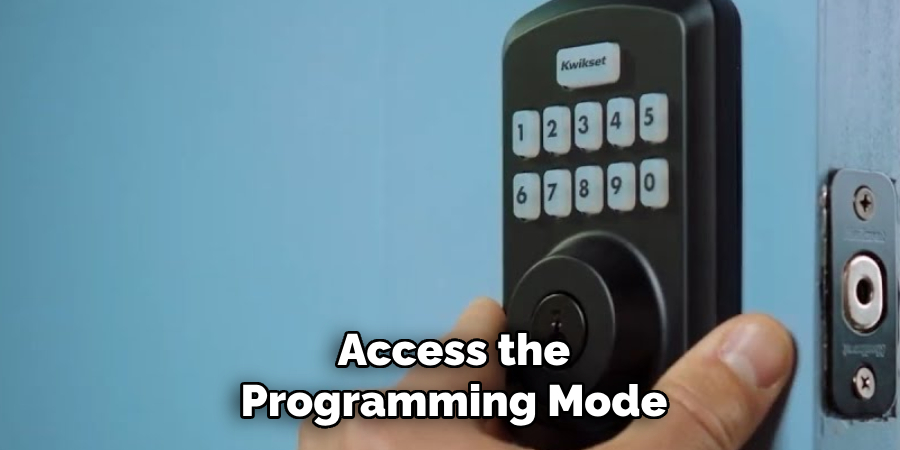Kwikset locks are among the most popular choices for homeowners and businesses, offering a range of smart locks and traditional locks designed for enhanced security and convenience. These locks are known for their reliability, innovative features, and user-friendly functionality. The need to reprogram a Kwikset lock might arise for several reasons, such as changing access codes to improve security, adding or removing users, or ensuring safety after losing a key.

Reprogramming your lock ensures that it remains secure and continues to meet your needs. This article provides a comprehensive step-by-step guide on how to reprogram Kwikset lock models, including SmartKey mechanisms and various electronic lock types, empowering you to quickly and effortlessly update your lock’s settings. Whether you are a seasoned DIY enthusiast or a beginner, this guide is designed to simplify the process for you.
Understanding Kwikset Lock Types
Kwikset locks come in various types, each offering unique features and functionalities to suit different needs. Understanding your lock type is crucial to ensuring a smooth reprogramming process, as each model may require specific steps. Below, we highlight the main categories of Kwikset locks and what makes them unique.
Traditional Keyed Locks (SmartKey)
Kwikset’s traditional locks with SmartKey technology allow for quick and easy rekeying without replacing the entire lock. This feature is handy if you’ve misplaced your key or need to update access for security reasons. SmartKey locks provide a reliable balance of security and convenience for homeowners.
Electronic and Smart Locks
Kwikset also offers a range of electronic and smart locks, such as Kevo, Halo, and SmartCode models. These locks go beyond traditional keys by incorporating advanced functionalities like keypads, Bluetooth connectivity, or Wi-Fi integration. Kevo enables remote access via smartphone, Halo connects to your home network for seamless control, and SmartCode features a convenient keypad for customizable entry codes.
Why Knowing Your Lock Type Matters

Each Kwikset lock type has a unique programming method based on its model and technology. Familiarizing yourself with the specific mechanism ensures you follow the correct instructions, preventing errors during reprogramming. Whether you’re dealing with a SmartKey lock or an advanced smart lock, understanding its type will save you time and effort while maintaining security.
Tools and Materials Needed
When reprogramming your Kwikset lock, having the right tools and materials on hand is essential to ensure a smooth process. Below is a breakdown of what you’ll need based on the type of lock:
- SmartKey Locks: You’ll need the original key, the new key you want to reprogram the lock to, and the SmartKey tool that is typically included with your lock.
- Electronic/Smart Locks: Access to the interior panel of the lock is required, which usually involves a screwdriver to remove the cover. Additionally, you’ll need the master code or the default code for the lock. If you’re unsure of these, refer to the user manual.
- General Supplies: Ensure you have the user manual for guidance specific to your lock model and a set of fresh batteries for electronic locks to avoid disruptions during reprogramming.
Preparing these materials in advance will streamline the reprogramming process.
How to Reprogram Kwikset Lock: Reprogramming Process
Reprogramming a Kwikset SmartKey Lock is a straightforward process designed to allow homeowners to update their lock for added security or convenience. Follow these steps carefully to ensure successful reprogramming.
Step 1: Insert the Original Key
Begin by inserting the original key into the lock and turning it 90 degrees clockwise. This step aligns the lock’s internal components, preparing it for reprogramming.
Step 2: Insert the SmartKey Tool

Next, take the SmartKey tool and insert it into the small hole located next to the keyhole. Push the tool firmly into place until you hear or feel a click. This signals that the lock is ready to accept a new key.
Step 3: Remove the Old Key and Insert the New One
Carefully remove the old key from the lock without rotating it. Immediately insert the new key into the lock, pushing it in. This step ensures that the lock is reconfigured to recognize your new key.
Step 4: Test the New Key
Return the new key to the original position, then remove it from the lock. Test the new key by inserting it and turning it as you normally would to lock and unlock the door. If the lock operates smoothly, the reprogramming process is complete.
Following these steps, you can efficiently reprogram your Kwikset SmartKey Lock, ensuring your security and peace of mind. Refer to your lock’s user manual for additional guidance or troubleshooting tips.
Reprogramming an Electronic Kwikset Lock
Reprogramming an electronic Kwikset lock is straightforward and lets you update your security easily. Follow these steps carefully to ensure the process is successful and your lock functions as intended.
Step 1: Access the Programming Mode
Begin by opening the battery cover on your Kwikset electronic lock. Press the “Program” button once to enter programming mode. This will prepare the lock to accept a new code.

Step 2: Enter the Master Code
Input the existing master code for the lock. Once entered, press the lock button to confirm the code. A beep or a green light will indicate that the master code has been accepted, and you can proceed.
Step 3: Set a New User Code
Press the “Program” button again. Now, enter the new desired user code and press the lock button to confirm. Choose a code that is easy for you to remember but difficult for others to guess.
Step 4: Confirm the New Code
Re-enter the same new code to verify it is accurate. After entering it, wait for the lock to beep or display a green light, which indicates the new code has been successfully programmed.
Step 5: Test the Code
Finally, test the new code by locking and unlocking the door. This ensures the code was properly set and the lock functions smoothly.
Tips for Success
- Select a memorable yet secure user code to enhance your door’s security.
- If the lock becomes unresponsive during programming, replace the batteries, as depleted batteries can cause issues.
Factory Reset (if needed)

If you need to reset your lock to factory settings, press and hold the “Program” button while reinserting the battery pack. Hold the button until you hear the lock beep and cycle, indicating it has been reset to its default settings.
Following these steps, you can confidently reprogram your electronic Kwikset lock, maintaining security and convenience. Always refer to your lock’s manual for further assistance if necessary.
Troubleshooting Common Issues
Problem: New Code Not Working
If your newly programmed code is not working, verify that the master code was entered correctly during the programming steps. Ensure the lock is not in vacation or privacy mode, as these settings can disable normal operation. You may need to re-enter the programming process carefully to resolve the issue.
Problem: Lock Unresponsive
Low or incorrectly installed batteries often cause an unresponsive lock. Replace the batteries with fresh ones and ensure they are installed with the correct polarity. If the issue persists, perform a factory reset on the lock and repeat the programming steps to restore functionality.
Problem: Difficulty with SmartKey Rekeying
If you encounter trouble using the SmartKey rekeying feature, double-check that you are using the correct SmartKey tool provided with the lock. Ensure that you follow the rekeying instructions precisely, avoiding premature turning of the key during the process. This can help prevent issues and allow successful rekeying.
When to Contact Support
If troubleshooting steps fail or the lock malfunctions repeatedly despite resetting, it may be time to contact Kwikset customer support for further help. Persistent problems with reprogramming or physical issues with the lock could require professional assistance to restore proper functionality.
Maintaining Your Kwikset Lock
Proper maintenance is essential to ensure the durability and effectiveness of your Kwikset lock.
- Regular Battery Replacement: For battery-powered locks, replace the batteries every 6-12 months to prevent lockouts and ensure consistent performance.
- Software Updates for Smart Locks: Keep your smart lock’s software updated through the Kwikset app to improve functionality and enhance security features. Regular updates can help address potential vulnerabilities.
- Key and Lock Maintenance: Periodically lubricate the keyhole and other moving parts with a graphite-based lubricant to prevent jamming and ensure smooth operation. Avoid using oil-based products, as they can attract dirt and cause buildup over time.
- Security Tip: For added peace of mind, change access codes periodically on your electronic or smart locks. Regular code updates can help protect against unauthorized access.
By following these steps, you can keep your Kwikset lock functioning efficiently and secure your home effectively.
Safety Precautions When Reprogramming
When reprogramming your Kwikset lock, always test its functionality afterward to ensure it operates correctly. To maintain security, avoid sharing the master code with unauthorized individuals. Store any backup keys in a safe and secure location, such as a lockbox. Documenting any new codes or key changes for future reference is also essential, as well as ensuring you can access them if needed. Taking these precautions will help safeguard your lock and maintain your home’s security integrity.
Conclusion
Reprogramming a Kwikset lock is essential for maintaining the security of your home and adapting to any necessary changes. Always follow the model-specific instructions to complete the process correctly and efficiently. Understanding how to reprogram Kwikset lock systems enables you to take control of your home’s security while avoiding potential vulnerabilities. Regular maintenance, such as inspecting for wear and tear and timely code changes, guarantees that your lock remains secure and functional over time. By taking these steps, you can protect your household and ensure your lock’s reliable performance.
About
Safety Fic is a distinguished figure in the world of Diy design, with a decade of expertise creating innovative and sustainable Diy solutions. His professional focus lies in merging traditional craftsmanship with modern manufacturing techniques, fostering designs that are both practical and environmentally conscious. As the author of diy, Safety Fic delves into the art and science of Safety Fic-making, inspiring artisans and industry professionals alike.
Education RMIT University
(Melbourne, Australia) Associate Degree in Design (Safety Fic) Focus on sustainable design, industry-driven projects, and practical craftsmanship. Gained hands-on experience with traditional and digital manufacturing tools, such as CAD and CNC software.
Nottingham Trent University
(United Kingdom) Bachelor’s in diyfastly.com and Product Design (Honors) Specialized in product design with a focus on blending creativity with production techniques. Participated in industry projects, working with companies like John Lewis and Vitsoe to gain real-world insights.
Publications and Impact
In diy, Safety Fic his insights on indoor design processes, materials, and strategies for efficient production. His writing bridges the gap between artisan knowledge and modern industry needs, making it a must-read for both budding designers and seasoned professionals.
